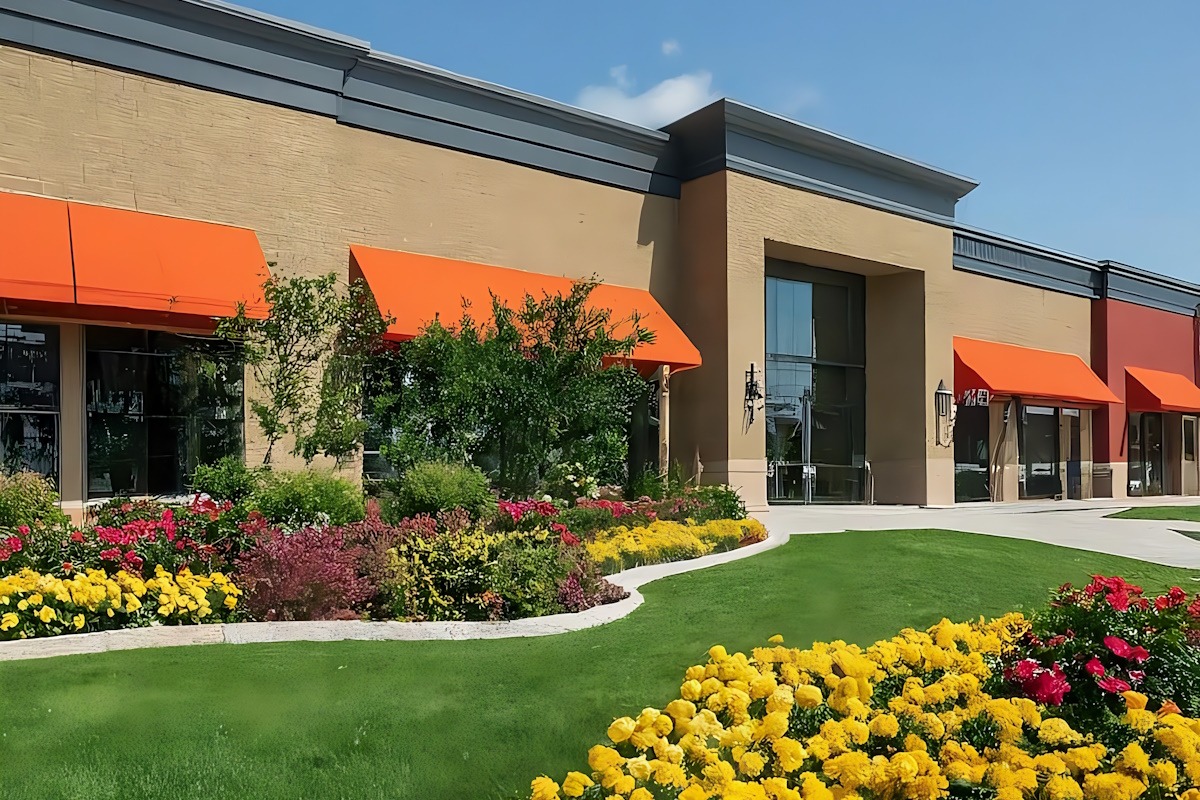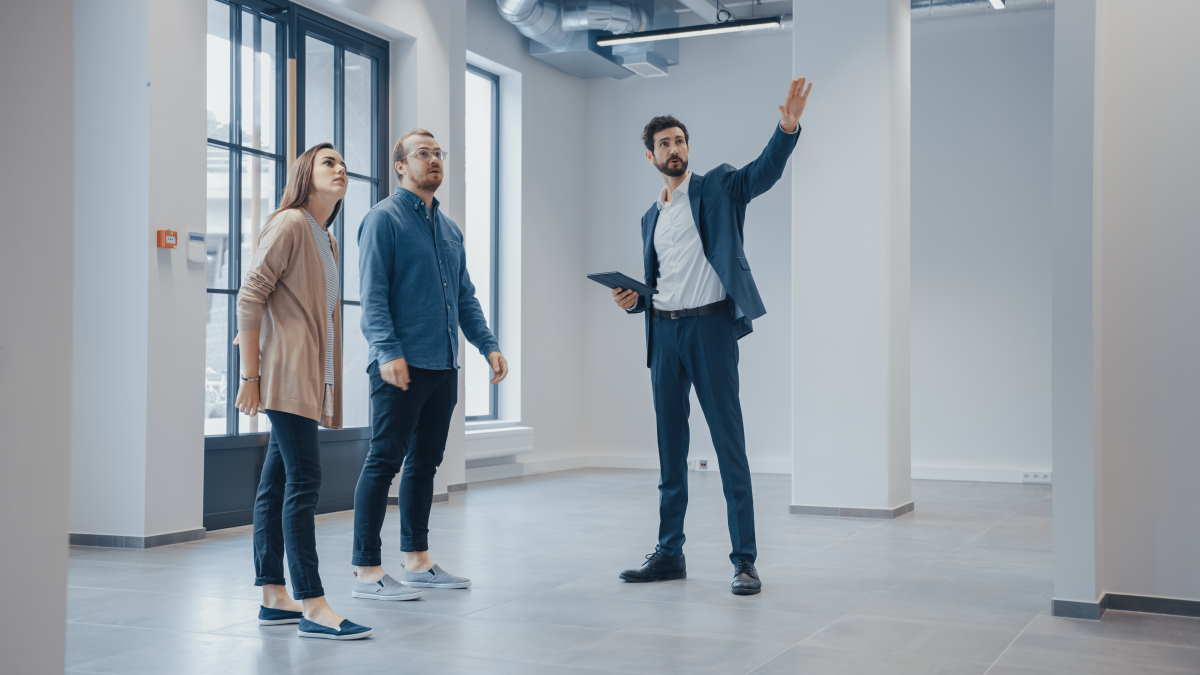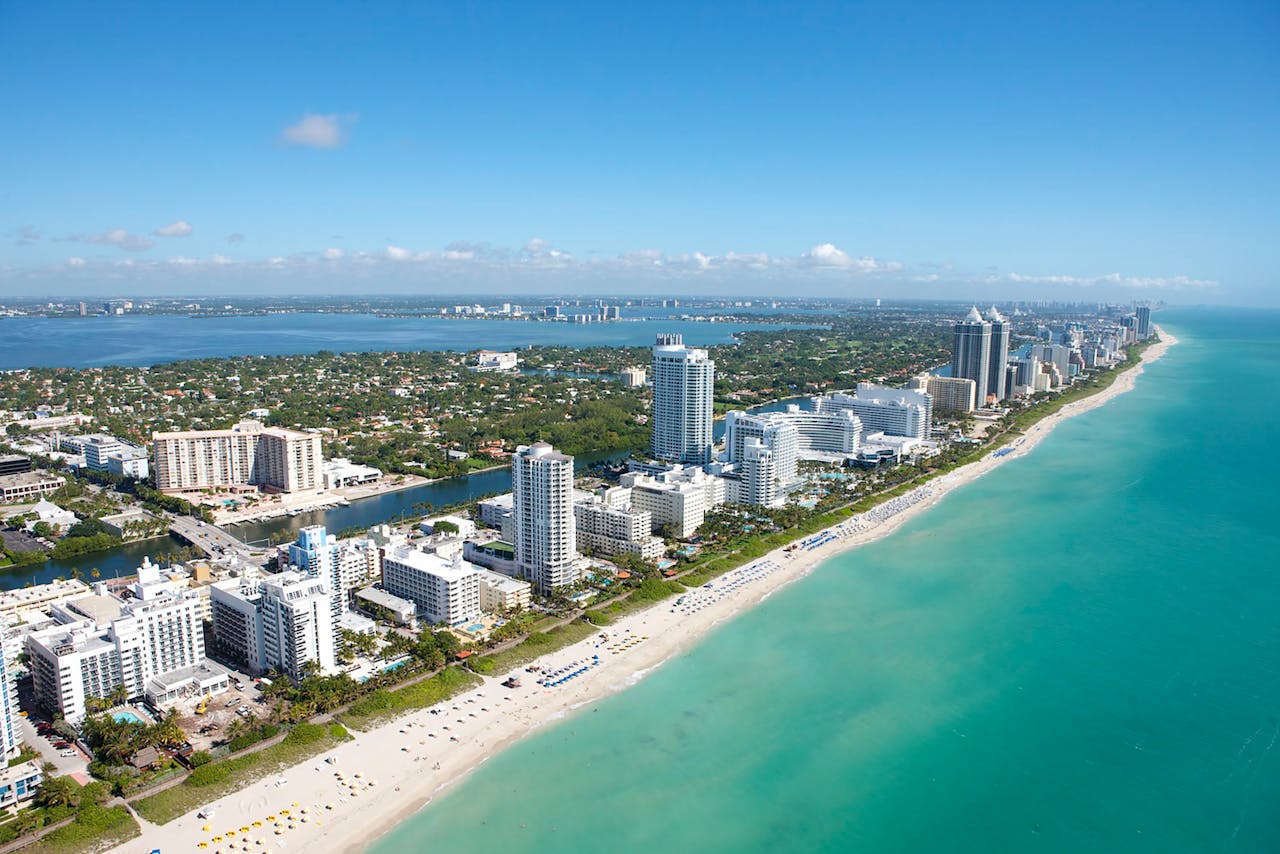Landscape design is transforming the retail real estate scene, breathing new life into commercial spaces and captivating shoppers like never before. From bustling shopping centers to quaint storefronts, thoughtful outdoor esthetics are proving to be game-changers in the competitive world of retail. This exciting trend is reshaping the way investors and developers approach commercial real estate investment, particularly in vibrant markets like Florida commercial real estate.

The impact of landscape design on retail properties goes far beyond mere curb appeal. It’s revolutionizing customer experiences, boosting foot traffic, and ultimately driving sales. This article dives into the crucial role of landscape design in enhancing retail real estate, exploring strategies for different property types, and examining how to measure the return on investment. By the end, readers will gain valuable insights into harnessing the power of landscape design to create thriving retail environments that stand out in today’s dynamic market.
Enhancing Customer Experience Through Landscape Design
Thoughtful landscape design has a significant impact on the customer experience in retail real estate. By creating inviting entranceways, comfortable outdoor seating areas, and incorporating sensory elements, retailers can attract more customers and encourage them to spend more time on the property.
Creating Inviting Entranceways
The entrance of a retail property is the first impression for customers, and it can make or break their decision to enter the store. A welcoming entrance with lush greenery, vibrant flowers, and well-maintained walkways creates a warm and inviting atmosphere. This positive first impression can influence customers to linger longer and ultimately spend more.
Designing Comfortable Outdoor Seating Areas
Courtyards and gardens can be transformed into unique destinations within a retail property. By providing comfortable seating areas and strategically placed shade trees, retailers can create inviting spaces where customers can relax, socialize, or simply enjoy a moment of peace amidst the bustle of shopping. This is especially effective for restaurants offering outdoor dining or retail stores focusing on family shopping experiences.
Using durable materials like garden fabric for weed control and soil stability helps maintain these areas with minimal upkeep while making sure these landscaped spaces remain visually appealing. This is especially effective for restaurants offering outdoor dining or retail stores focusing on family shopping experiences.
Incorporating Sensory Elements in Landscaping
Strategic landscaping incorporates elements that engage all the senses, creating a sensory experience that relaxes and de-stresses customers. The sight of colorful flowers, the sound of a trickling fountain, and the fragrance of blooming herbs all contribute to a positive association with the brand, encouraging customers to stay longer and explore the offerings.
Landscaping elements like native plants, water-efficient irrigation systems, and sustainable practices demonstrate a commitment to environmental responsibility, resonating with eco-conscious customers and strengthening their positive perception of the brand.
Well-designed walkways can improve traffic flow within the property, making the shopping experience more efficient and enjoyable. Even smaller details like strategically placed planters, colorful flowerbeds lining walkways, or a well-maintained green space surrounding the building can contribute to a more positive customer experience.
By investing in strategic landscaping, retailers are not just beautifying their property; they are investing in a more positive and memorable customer experience that can lead to increased customer loyalty, higher sales, and a stronger brand reputation.
Landscape Design Strategies for Different Retail Property Types
Landscape design strategies vary depending on the type of retail property. Here are some effective approaches for different retail settings:
Shopping centers and malls
Shopping centers and malls benefit from creating inviting entranceways with lush greenery, vibrant flowers, and well-maintained walkways. Courtyards and gardens can be transformed into unique destinations within the property by providing comfortable seating areas and strategically placed shade trees. This is especially effective for malls with outdoor dining or family-oriented shopping experiences.
Incorporating sensory elements like colorful flowers, trickling fountains, and fragrant herbs contributes to a positive association with the brand, encouraging customers to stay longer. Well-designed walkways improve traffic flow, making the shopping experience more efficient and enjoyable.

Stand-alone retail stores
For stand-alone retail stores, the entrance is the first impression for customers and can influence their decision to enter. A welcoming entrance with planters, flowerbeds, and a well-maintained green space surrounding the building contributes to a positive customer experience.
Smaller details like strategically placed planters or colorful flowerbeds lining walkways can also enhance the store’s appeal. Landscaping elements such as native plants, water-efficient irrigation systems, and sustainable practices demonstrate a commitment to environmental responsibility, resonating with eco-conscious customers.
Mixed-use retail developments
Mixed-use retail developments often feature bustling restaurants, upscale shopping, and a packed calendar of events. The landscaping at these properties has to look great all the time, with little downtime for maintenance.
Open-air multi-use gathering spots with fire pits, stages, and picnic tables become irresistible destinations. Planters play a huge role, filled with bold, unique plants like exotic palms, colorful coleus, and striking salvia varieties. The goal is to give people an experience they can’t find elsewhere.
Landscaping crews need to be versatile and flexible, staying on top of every detail and being prepared for last-minute needs related to outdoor events. The landscaping has to wow, creating a unique atmosphere that attracts attention and stands out from the crowd.
Measuring the ROI of Landscape Design in Retail Real Estate
Measuring the return on investment (ROI) of landscape design in retail real estate is crucial for property owners and managers. Well-designed landscaping has a significant impact on the economic, social, and environmental value of commercial properties. By understanding the ROI of landscape design, investors can make informed decisions about commercial real estate investing.
Increased Property Values
Studies have shown that attractive landscape design can increase the value of commercial properties by up to 14%. This increase in value is attributed to the enhanced curb appeal and improved esthetics that landscaping provides. Properties with well-maintained landscapes are more likely to attract potential tenants and command higher rental rates.
Higher Tenant Retention Rates
Landscape design also plays a vital role in tenant retention. Properties with inviting outdoor spaces, comfortable seating areas, and visually appealing landscaping elements create a positive atmosphere that encourages tenants to stay. Higher tenant retention rates lead to reduced vacancy periods and a more stable income stream for property owners.
Improved Energy Efficiency
Strategic landscape design can also contribute to improved energy efficiency in retail properties. Carefully placed trees and shrubs can provide shade, reducing the need for air conditioning during hot summer months. In colder climates, landscaping elements can act as windbreaks, minimizing the impact of icy winds on heating costs. By investing in energy-efficient landscaping, property owners can save on utility expenses and reduce their environmental footprint.

To maximize the ROI of landscape design in retail real estate, it is essential to work with experienced professionals who specialize in commercial landscaping. These experts can create custom designs that cater to the specific needs of each property, ensuring that the landscaping not only enhances the esthetic appeal but also provides tangible economic benefits.
By carefully measuring and analyzing the ROI of landscape design, retail real estate investors can make strategic decisions that drive profitability and long-term success in the competitive world of commercial real estate investment.
Conclusion
Landscape design has a profound influence on retail real estate, transforming customer experiences and boosting property values. By creating inviting entrances, comfortable outdoor spaces, and engaging sensory elements, retailers can attract more foot traffic and encourage longer visits. This approach not only enhances the esthetic appeal of retail properties but also contributes to increased sales and stronger brand loyalty. From shopping centers to stand-alone stores, thoughtful landscaping strategies cater to different property types, making each space unique and memorable.
The return on investment for landscape design in retail real estate is significant and measurable. Well-designed outdoor spaces can lead to higher property values, improved tenant retention, and enhanced energy efficiency. To maximize these benefits, it’s crucial to work with experienced professionals who can create custom designs that meet specific property needs. By focusing on landscape design, retail real estate investors can set their properties apart in the competitive market, ensuring long-term success and profitability. MX Properties, Inc hopes to provide helpful regarding landscape management in the Florida commercial real estate market